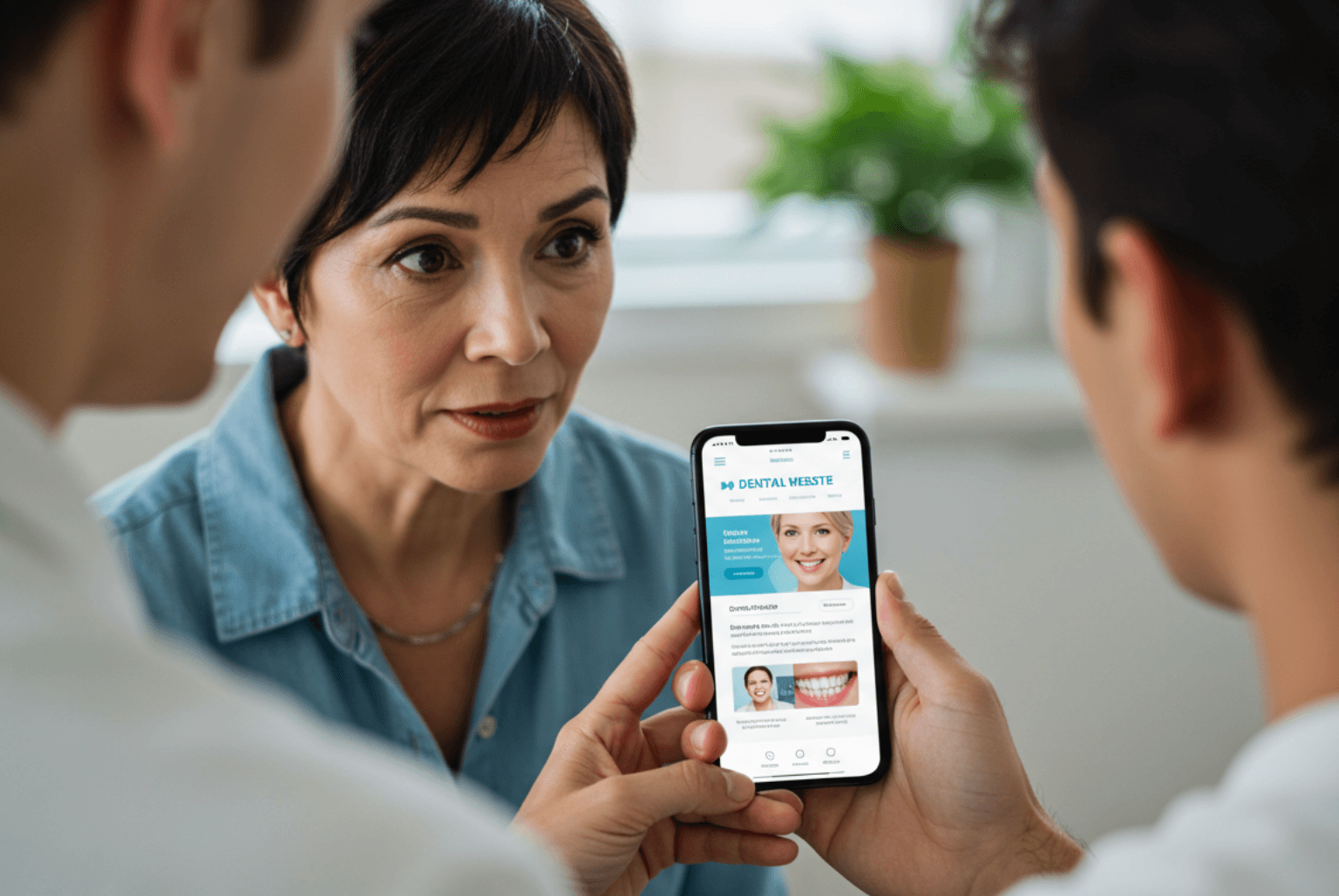If you’re struggling to attract enquiries via your website, there’s a good chance that it’s because it’s not targeted enough. One of the most common mistakes businesses make with their marketing is to try to appeal to everyone – the philosophy being that if you throw enough balls, you’re bound to hit a coconut eventually. We call this ‘spray and pray’ marketing.
There are several significant problems with the spray and pray approach. It’s expensive, it’s time consuming, it’s harder to meet the needs of the people you do attract, and it may bring in patients who are shopping on price alone, rather than looking for value.
Identify your perfect patients
Management consultant, educator and author, Peter Drucker, once said, “The aim of marketing is to know and understand the customer so well the product or service fits him and sells itself”.
He was absolutely right. One of the most powerful things you can do to target the right clients online is to spend some time identifying the perfect patients for your practice. Once you know who you want to target, you can begin to build up a profile of who they are, what matters to them, and what their specific pain points are. And when you know these things, it’s far easier to create a website that talks specifically to them through your choice of words, images, treatments, opening hours and more.
If you’re not sure where to start with this, it can be helpful to think about the patients you already have and which ones stand out because they really love what you do. Who are your biggest fans? Who are the clients who come back for repeat treatments or who tell their friends and family about you? Who leaves you rave reviews?
Also, think about which patients you particularly enjoy treating. After all, wouldn’t it be great if you could attract more of the people you love working with?
Once you start to look at these clients, you’ll probably find that they share some common ground. Perhaps they are all in a similar age group, work in similar jobs, or want similar procedures for similar reasons.
At this stage, it can be helpful to write a patient profile for a fictitious patient who represents each client group. You may decide that you want to target women in the 35-45 age group who have school age children, have returned to work, and want to feel confident in the workplace by having wrinkle reducing treatments. Alternatively, you may want to target men, age 20-plus, who are looking for hair removal treatments to get rid of unwanted body hair.
As you create these profiles, give the patients names. Think about where they live, where they work, what TV programmes and films they watch, what they like to read, what phones they own, what apps they use, where they hang out in their spare time. A great deal of this information is available through platforms such as Facebook. If your practice has a Facebook page, you can click through to the profiles of your likers (depending on their privacy settings) and see what other pages they’ve liked, what they watch, what brands they like, and much, much more. Facebook will also give you insights into their age, gender, location, and so on.
Using this knowledge, you can shape your online presence to speak directly to these people. Get it right and, when they read your copy or come across your practice on social media, they will feel that you are talking to them personally and that you ‘get’ what makes them tick. This engenders a positive feeling that’s far more likely to lead to an enquiry, whereas if you try to appeal to anyone and everyone, the danger is that people will feel that your services aren’t relevant to them.
Three is the magic number
We usually work with our clients to identify three main target groups in as much detail as possible. Once we know who the website needs to appeal to, it’s easier to plan which treatments to advertise on the Home page or the kind of information people will want to find in the frequently asked questions. It’s also easier to source pictures that will appeal to the target client groups or to highlight important points like early morning and evening appointment times, or finance plans.
By understanding who your perfect patients are, it’s also easier to cut irrelevant information from your website and to show how their life will look better if they come to you.
Advice for start-up clinics
If you’re about to launch a new practice and you don’t yet have flesh and blood customers on which to base your client profiles, don’t worry. In the absence of data, it’s OK to start with some assumptions.
Think about the treatments you’ll be offering and the benefits they offer. Who will they most appeal to? For example, it’s safe to say that you won’t be marketing thread lifts to twenty-somethings. As they offer the best results to people with mild to moderate skin laxity, possibly in their 40s, that’s a starting point for your patient profiles. Equally, if you have some fantastic treatments for acne, your marketing will probably be aimed at a younger audience or at women for whom acne is related to hormone fluctuations. If you offer early-intervention orthodontics, your website needs to be talking to parents of younger children and tweens.
To paraphrase the words of Steve Blank, author of The Startup Owner’s Manual, if there are no facts in your building, get outside. In other words, head out on to the streets near your clinic and chat to the people who could become your clients. What treatments interest them? What do they worry about? What is missing in their life right now? How can your treatments fulfil a need?
Clinics that target specific client groups are inevitably more profitable because they attract quality enquiries rather than quantity. One of the biggest barriers to buying is fear but if you can make a client feel like you see them as an individual, you can give them a sense of belonging that will eradicate that fear and invite them into your tribe.




